How to Choose the Right Lithium Battery for Your Specific Needs
Table of Contents
- Understanding Lithium Battery Chemistry: A Guide to Composition and Performance Metrics
- Key Factors in Battery Selection: Voltage, Capacity, and Cycle Life Explained
- Identifying Your Power Needs: Calculating Energy Requirements for Different Applications
- Comparing Battery Types: Lithium-Ion vs. Lithium Polymer in Real-World Use Cases
- Environmental Considerations: Recycling and Sustainability in Lithium Battery Choices
- Cost Analysis: Evaluating Initial Investment vs. Long-Term Performance and Savings
- FAQS
- Conclusion
- Related Posts
Choosing the right Lithium Battery for your specific needs is crucial in today's energy-driven world. With the global demand for lithium batteries soaring—projected to reach over 1,000 GWh by 2025, according to industry reports—it's essential to understand the various applications and technologies available. Roofer Electronics Technology (Shanwei) Co., Ltd. boasts more than 27 years of expertise in R&D, manufacturing, and solution services dedicated to lithium batteries and energy storage systems. Our products are at the forefront of innovations used in household energy storage, lead-acid replacement lithium batteries, power tools, electric bicycles, and more. As the market evolves, selecting the appropriate lithium battery not only enhances efficiency and performance but also contributes to a sustainable energy future. In this blog, we will guide you through the critical factors to consider when choosing a lithium battery that meets your specific requirements.
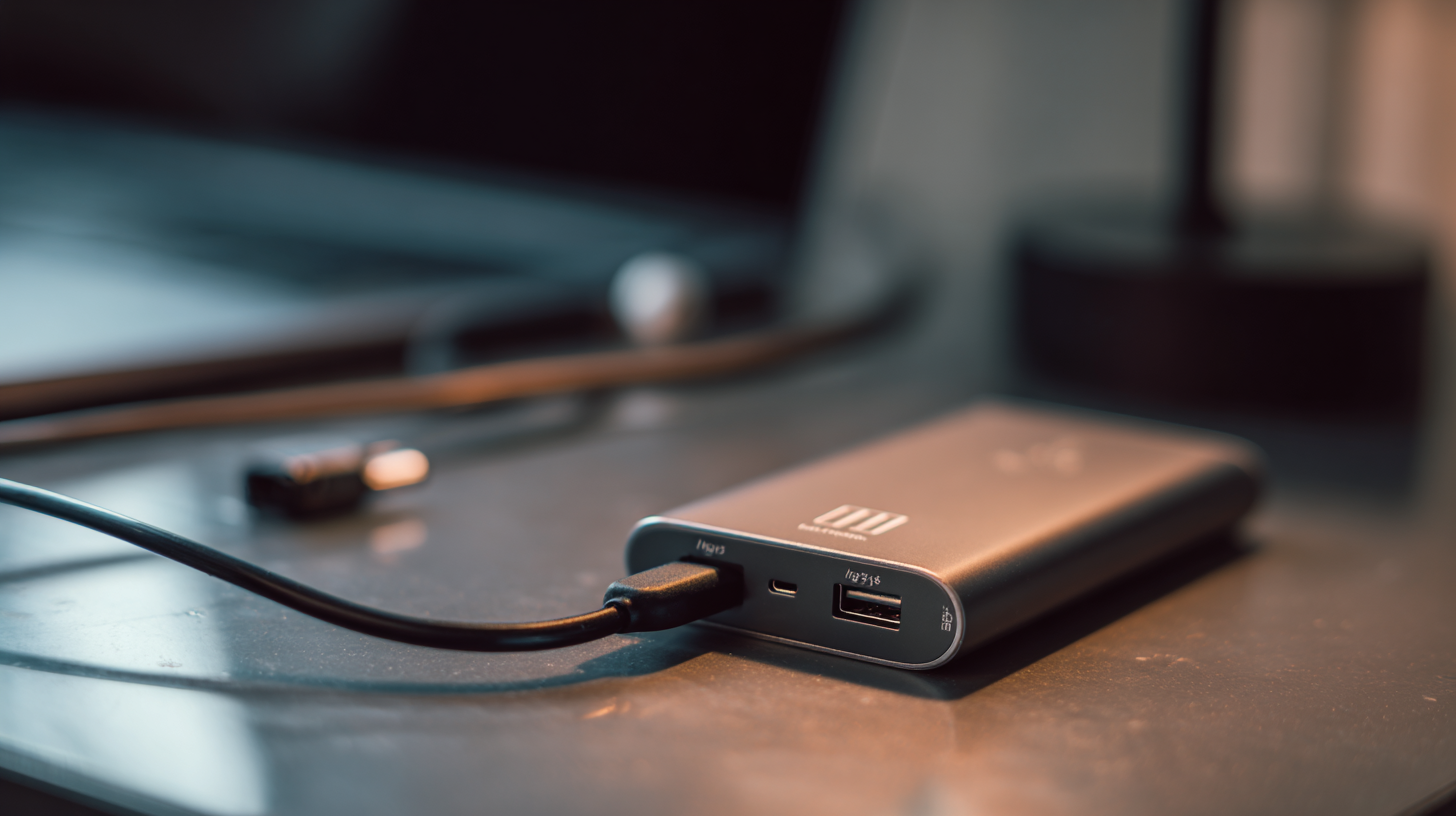
Understanding Lithium Battery Chemistry: A Guide to Composition and Performance Metrics
When selecting a lithium battery, understanding the various types of lithium battery chemistry is crucial.
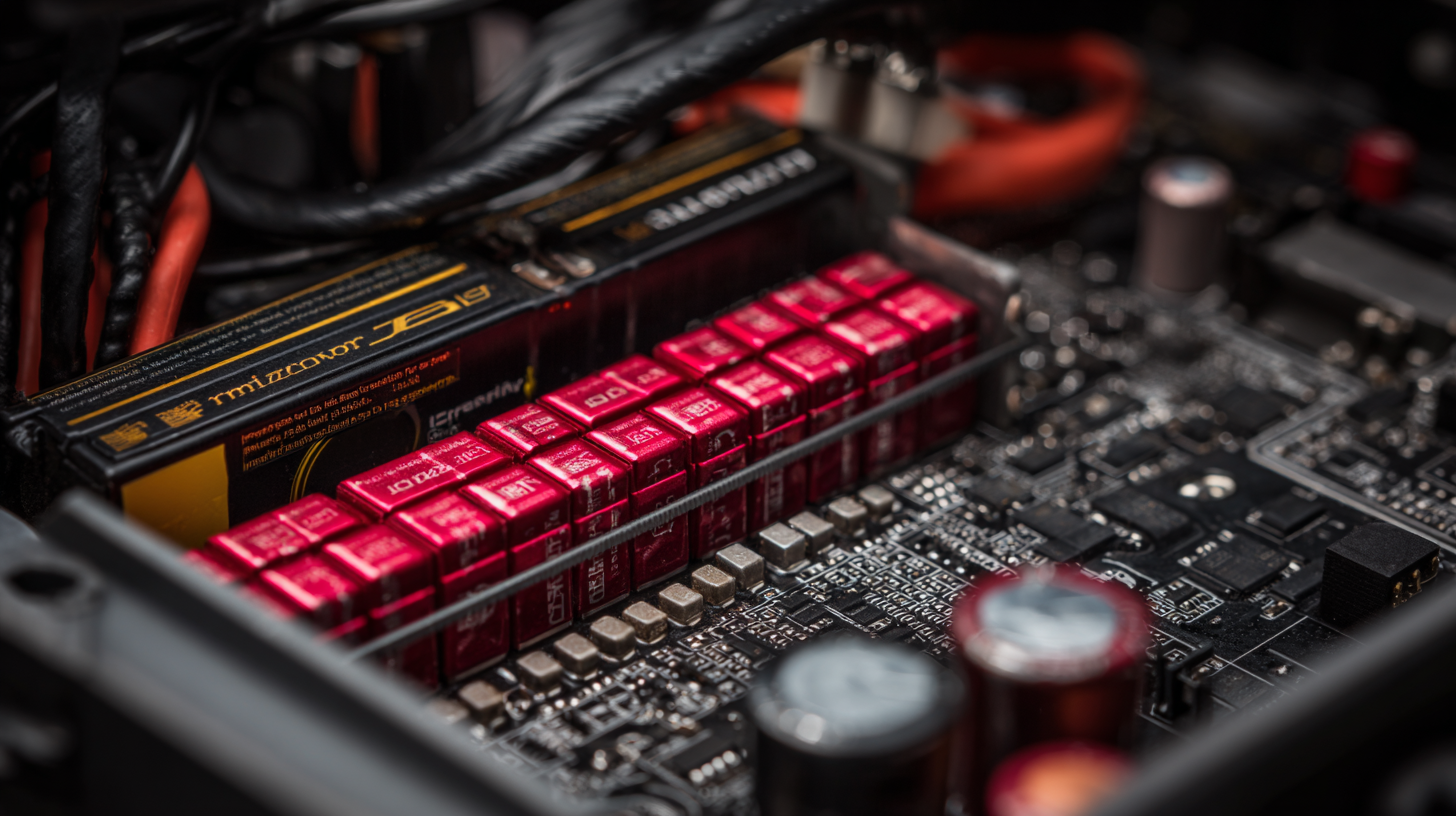 Lithium-ion and lithium iron phosphate (LiFePO4) batteries are among the most commonly used. Lithium-ion batteries are well-known for their high energy density and longer cycle life, making them ideal for applications requiring a compact and lightweight power source. On the other hand, LiFePO4 batteries offer enhanced thermal stability and safety, making them suitable for high-drain devices.
Lithium-ion and lithium iron phosphate (LiFePO4) batteries are among the most commonly used. Lithium-ion batteries are well-known for their high energy density and longer cycle life, making them ideal for applications requiring a compact and lightweight power source. On the other hand, LiFePO4 batteries offer enhanced thermal stability and safety, making them suitable for high-drain devices.
Tip: Consider your specific application. If you need a battery for a portable device, opt for lithium-ion due to its superior energy density. For stationary energy storage or electric vehicles, LiFePO4 might be a better choice due to its stability and safety features.
Performance metrics such as charge-discharge rates, lifespan, and temperature tolerance play a significant role in battery selection. High discharge rates are essential for devices that demand instant power, while temperature tolerance is vital for outdoor or extreme environment applications.
Tip: Review datasheets carefully. Focus on the charge cycles and temperature ranges specified, and ensure they align with your project's requirements.
Key Factors in Battery Selection: Voltage, Capacity, and Cycle Life Explained
When selecting a lithium battery, understanding voltage, capacity, and cycle life is essential to meet your specific needs. Voltage determines the power output of the battery, so it’s crucial to choose a battery with a voltage compatible with your application. Higher voltage means more power, but it can also lead to energy efficiency issues if not properly matched to your device.
Capacity, measured in ampere-hours (Ah), indicates how much energy the battery can store and provide over time. Selecting a battery with the appropriate capacity ensures that your device functions as intended without frequent recharges. For example, if you need a battery for constant use in a high-drain device, consider a higher capacity to avoid interruptions.
Cycle life, on the other hand, refers to the number of charge and discharge cycles a battery can undergo before its capacity significantly declines. A battery with a longer cycle life is often more cost-effective over time, especially for applications requiring frequent charging. When choosing a battery, evaluate your usage pattern to determine the cycle life that best suits your needs.
Tip: Always check the specifications of your device before making a final decision, and consider consulting with a battery specialist if you have unique requirements.
How to Choose the Right Lithium Battery for Your Specific Needs - Key Factors in Battery Selection: Voltage, Capacity, and Cycle Life Explained
| Battery Type | Voltage (V) | Capacity (Ah) | Cycle Life |
|---|---|---|---|
| Lithium Cobalt Oxide (LCO) | 3.7 | 2.0 | 500 |
| Lithium Iron Phosphate (LFP) | 3.2 | 10.0 | 2000 |
| Lithium Polymer (Li-Po) | 3.7 | 5.0 | 300 |
| Lithium Manganese Oxide (LMO) | 3.7 | 2.5 | 700 |
| Lithium Nickel Manganese Cobalt (NMC) | 3.7 | 8.0 | 1000 |
Identifying Your Power Needs: Calculating Energy Requirements for Different Applications
When choosing the right lithium battery, the first step is to identify your power needs by calculating the energy requirements for your specific application. Different devices consume varying amounts of energy, so it’s essential to understand how much power your system will draw. For example, household appliances generally require different capacities compared to power tools or electric bicycles, which have their own unique demands. Roofer Electronics Technology (Shanwei) Co., Ltd. has extensive experience in providing tailored lithium battery solutions for diverse applications, ensuring that your energy needs are precisely met.
Tip 1: Calculate the watt-hours (Wh) required for your application by multiplying voltage (V) by ampere-hours (Ah). This will give you a clear picture of the energy your device consumes over time and help you select the appropriate battery capacity.
Tip 2: Consider the longevity and lifecycle of the battery. High-quality lithium batteries, like those offered by Roofer, are designed for long-term use, minimizing the need for replacements. This can lead to significant cost savings and reliable performance in energy storage systems or as replacements for lead-acid batteries.
Comparing Battery Types: Lithium-Ion vs. Lithium Polymer in Real-World Use Cases
When selecting a lithium battery, it’s crucial to understand the differences between lithium-ion and lithium polymer batteries, especially in real-world applications. Lithium-ion batteries are known for their higher energy density and longer cycle life, making them ideal for devices such as smartphones and laptops. According to a recent report by MarketsandMarkets, lithium-ion batteries account for approximately 75% of the overall lithium battery market due to their efficiency and reliability in various electronics.
On the other hand, lithium polymer batteries offer versatility in design, which makes them suitable for lightweight and compact applications like drones and wearables. Their flexible shapes can be tailored to fit unique designs, but they typically have a lower energy density compared to lithium-ion alternatives. Research from the International Energy Agency indicates that while lithium polymer batteries may not yet dominate the market, their demand is growing rapidly in sectors requiring specific dimensions and lightweight solutions.
Tip 1: Consider your device's size and weight parameters before making a choice; if portability is key, lithium polymer might be the better option.
Tip 2: Always check the charge cycles and lifespan to ensure you’re selecting a battery that aligns with your usage patterns, as lithium-ion batteries generally last longer in heavier use scenarios.
Tip 3: Evaluate the safety features of each battery type; lithium polymer batteries can be more sensitive to overcharging, so opt for systems that include smart charging capabilities.
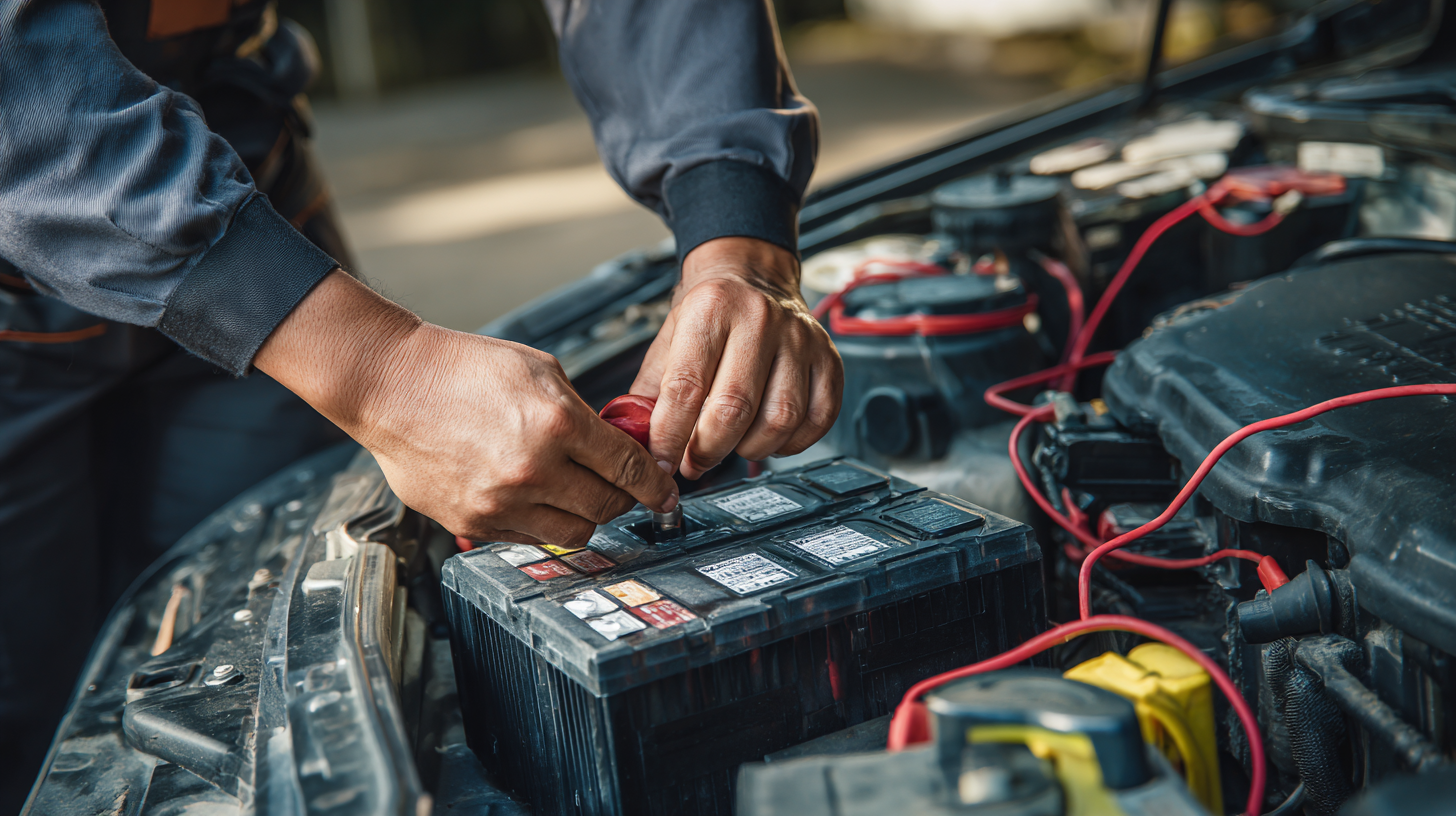
Environmental Considerations: Recycling and Sustainability in Lithium Battery Choices
When selecting a lithium battery, environmental considerations play a crucial role, particularly in the context of recycling and sustainability.
Recent studies indicate that the carbon footprint and overall environmental impact of lithium-ion batteries can vary significantly based on their lifecycle stages—from cathode active material synthesis to cell manufacturing and eventual recycling.
A life cycle assessment (LCA) reveals that effective recycling practices not only minimize waste but also conserve valuable resources,
thus reinforcing the importance of sustainable choices in battery selection.
Roofer Electronics Technology (Shanwei) Co., Ltd. has been at the forefront of lithium battery development for over 27 years. As the electric vehicle market flourishes, the imperative to transition to sustainable energy storage systems becomes paramount.
The reuse and recycling pathways for retired lithium-ion batteries provide a sustainable waste management solution,
yet they face systemic challenges, including economic viability and technological hurdles.
Reports emphasize that embracing a circular economy approach in battery usage and recycling can significantly alleviate the environmental burden associated with end-of-life battery disposal, ensuring that the benefits of lithium batteries do not come at the expense of our planet's health.
Cost Analysis: Evaluating Initial Investment vs. Long-Term Performance and Savings
When evaluating the cost of lithium batteries, it is essential to consider both the initial investment and the long-term performance and savings they offer. While upfront costs may be higher for advanced lithium technologies, their durability and efficiency can lead to significant savings over time. This is particularly important for users looking to optimize their energy consumption and reduce overall operational costs. By analyzing the lifespan and energy output of different lithium batteries, you can determine which option will provide the best return on investment.
Moreover, the growing market for sustainable solutions, such as returnable transport packaging, emphasizes the need for long-lasting energy sources. Just as businesses assess the cost-benefit ratio of reusable packaging materials, companies must evaluate how different lithium batteries can align with their sustainability goals and financial strategies.
Investing in higher-quality lithium batteries may entail a larger initial outlay, but the potential to lower maintenance costs and enhance overall performance over time makes them a compelling choice for eco-conscious enterprises.
FAQS
: The main types of lithium batteries discussed are lithium-ion and lithium iron phosphate (LiFePO4) batteries.
Lithium-ion batteries are known for their high energy density and longer cycle life, making them ideal for portable devices.
LiFePO4 batteries are better suited for high-drain devices due to their enhanced thermal stability and safety features.
Key performance metrics to consider include charge-discharge rates, lifespan, and temperature tolerance.
Recycling is important as it minimizes waste, conserves valuable resources, and reduces the carbon footprint of lithium-ion batteries throughout their lifecycle.
Challenges in recycling lithium-ion batteries include economic viability and technological hurdles.
A life cycle assessment (LCA) helps reveal the environmental impact of batteries at different lifecycle stages, guiding more sustainable battery choices.
Roofer Electronics Technology (Shanwei) Co., Ltd. has been a leader in lithium battery development for over 27 years, particularly as the electric vehicle market grows.
Embracing a circular economy approach in battery usage and recycling can significantly help alleviate environmental burdens associated with end-of-life battery disposal.
Consumers should focus on the charge cycles and specified temperature ranges in the datasheets to ensure they meet their project's requirements.
Conclusion
In today's rapidly evolving energy landscape, selecting the right lithium battery for your specific needs is crucial. Understanding the chemistry and performance metrics of lithium batteries is the foundation for making informed choices. Key factors such as voltage, capacity, and cycle life should guide your selection process, while accurately identifying your power requirements ensures efficiency across various applications.
When comparing different types of lithium batteries, such as Lithium-Ion and Lithium Polymer, it's essential to consider real-world use cases to determine the best fit. Additionally, environmental considerations, including recycling and sustainability, play a significant role in the overall decision-making process. At Roofer Electronics Technology, with over 27 years of expertise, we emphasize cost analysis in our solutions, evaluating initial investments against long-term performance and savings. The right Lithium Lithium Battery choice leads to enhanced productivity and sustainability in diverse applications ranging from household energy storage to electric bicycles.
Related Posts
-
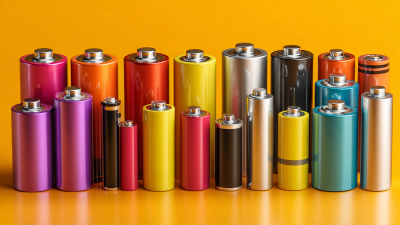
7 Unmatched Benefits of Lithium and Lithium Ion Batteries You Need to Know
-

Unlocking Energy Independence: The Top Advantages of Powerwall Battery Systems for Homeowners
-
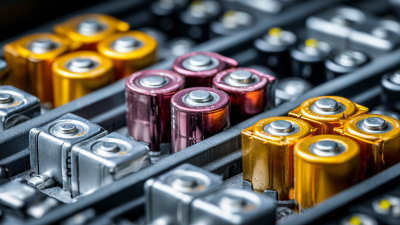
How to Maximize Efficiency with Li Metal Battery Technology
-
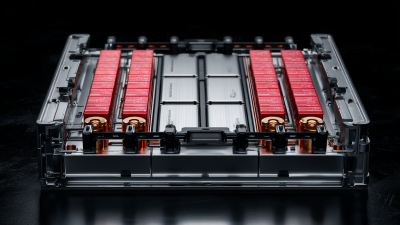
Why Lithium Iron Phosphate Batteries Stand Out Among Other Battery Technologies
-
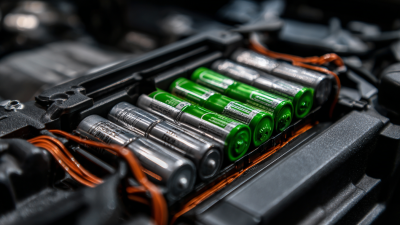
How to Maximize Efficiency with Your Lithium Ion Battery Pack
-

Leading Global Manufacturer: Explore the Best 3.2v 100ah Lifepo4 Battery Cells Available Today





 business@roofer.cn
business@roofer.cn +86 13502883088
+86 13502883088






